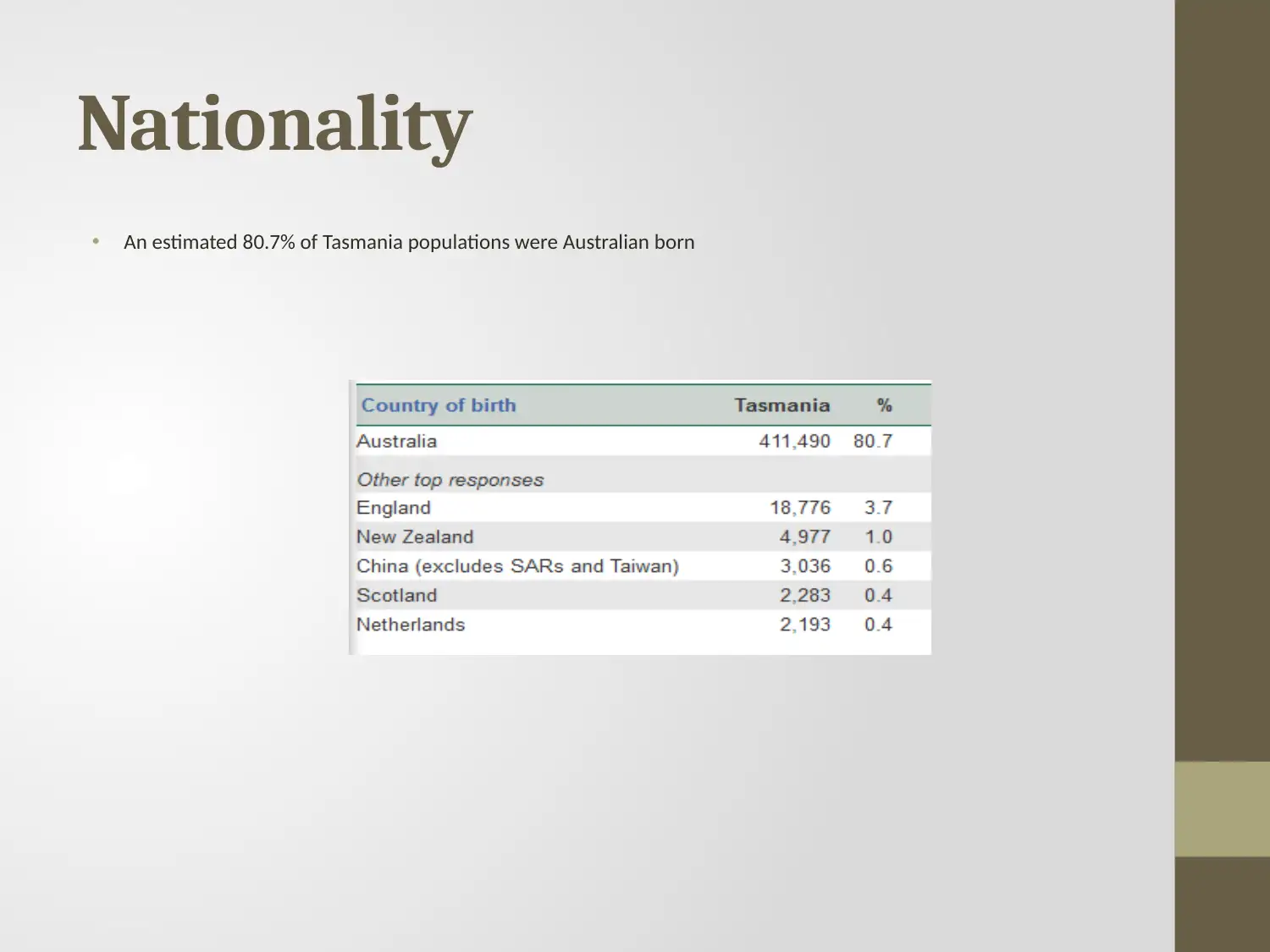XBR208: Natural Hazards and Disasters - Tasmania Resilience Study
VerifiedAdded on 2022/11/24
|29
|1358
|410
Presentation
AI Summary
This presentation examines the disaster resilience of Tasmania, specifically addressing the increasing incidence of floods in the region. It provides an overview of the Tasmanian climate and presents demographic, economic, and infrastructural data relevant to disaster preparedness and response. The analysis covers population demographics, employment, homeownership, access to internet, business statistics, healthcare resources, and transport links. It also identifies vulnerable sectors within the community and discusses the need for support networks. The presentation emphasizes the importance of community resilience, risk assessment, preparedness, and swift response to natural disasters, highlighting the need for government projects and infrastructure improvements to mitigate the impact of future events. The study leverages statistics from the Australian Bureau of Statistics (ABS) to support its findings and recommendations.
1 out of 29













![[object Object]](/_next/static/media/star-bottom.7253800d.svg)